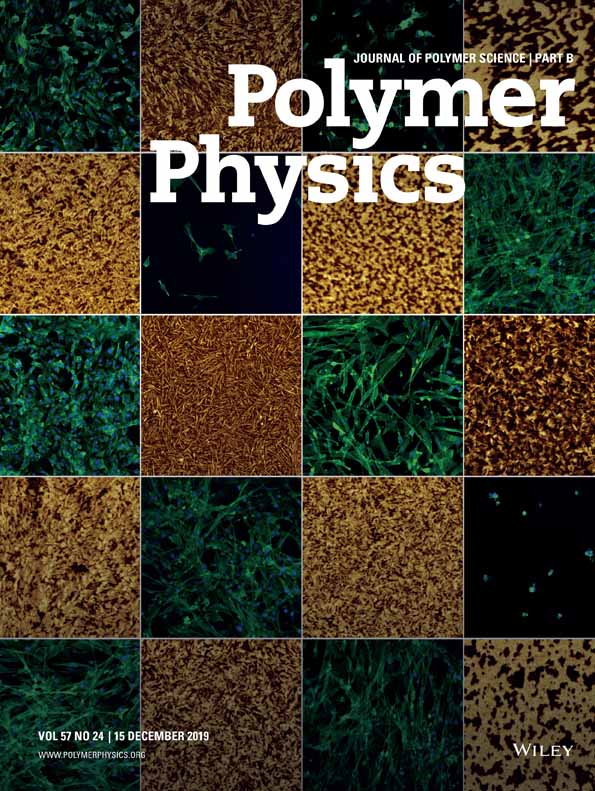Ellipsometry study of the photo-oxidation of poly[(2-methoxy-5-hexyloxy)- p-phenylenevinylene]
Abstract
Poly(p-phenylenevinylene) (PPV) and its derivatives exhibit strong luminescence, being serious candidates to be used as active layers in organic light-emitting diodes. However, the structural degradation caused by photo-oxidation is an obstacle for commercial applications of such materials. Here, we show that spectroscopy ellipsometry is a useful technique to investigate the photo-oxidation of poly[(2-methoxy-5-hexyloxy)-p-phenylenevinylene] (MH-PPV), a PPV derivative, which emits a red color light. Spectroscopy ellipsometry enables determination of the complex dielectric function—ϵ*(E)—of MH-PPV thin-layer films exposed to air, in the 2.1–4.2 eV energy range, as a function of the light exposure time (te). By using the Lorentz model to fit the experimental ϵ*(E) curves, it was inferred that the interactions among polymeric chains increase with te. From ϵ*(E), it is also possible to obtain the complex refractive index, N*(E) = n + ik. At higher energies (where k ≪ n), n increases from 1.32 to 1.40 with the photo-oxidation progress. The behavior of n was investigated by using the Lorenz–Lorentz equation, taking into account the contribution for n by the chromophores of MH-PPV. The effect of photo-oxidation, mainly due to the replacement of vinyl CC by the ketone CO bonds, is confirmed by Fourier transform infrared measurements, an effect that reduces the average effective polymer conjugation length. © 2004 Wiley Periodicals, Inc. J Polym Sci Part B: Polym Phys 42: 1033–1041, 2004




